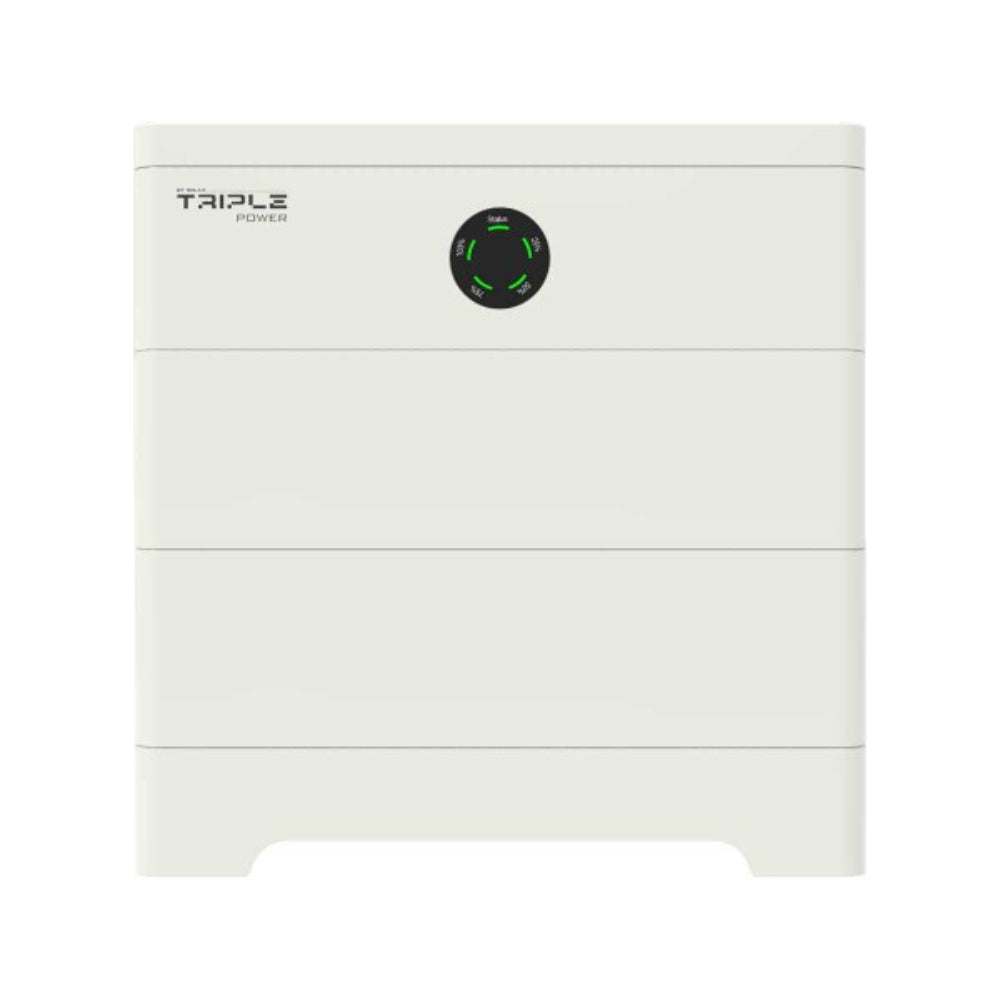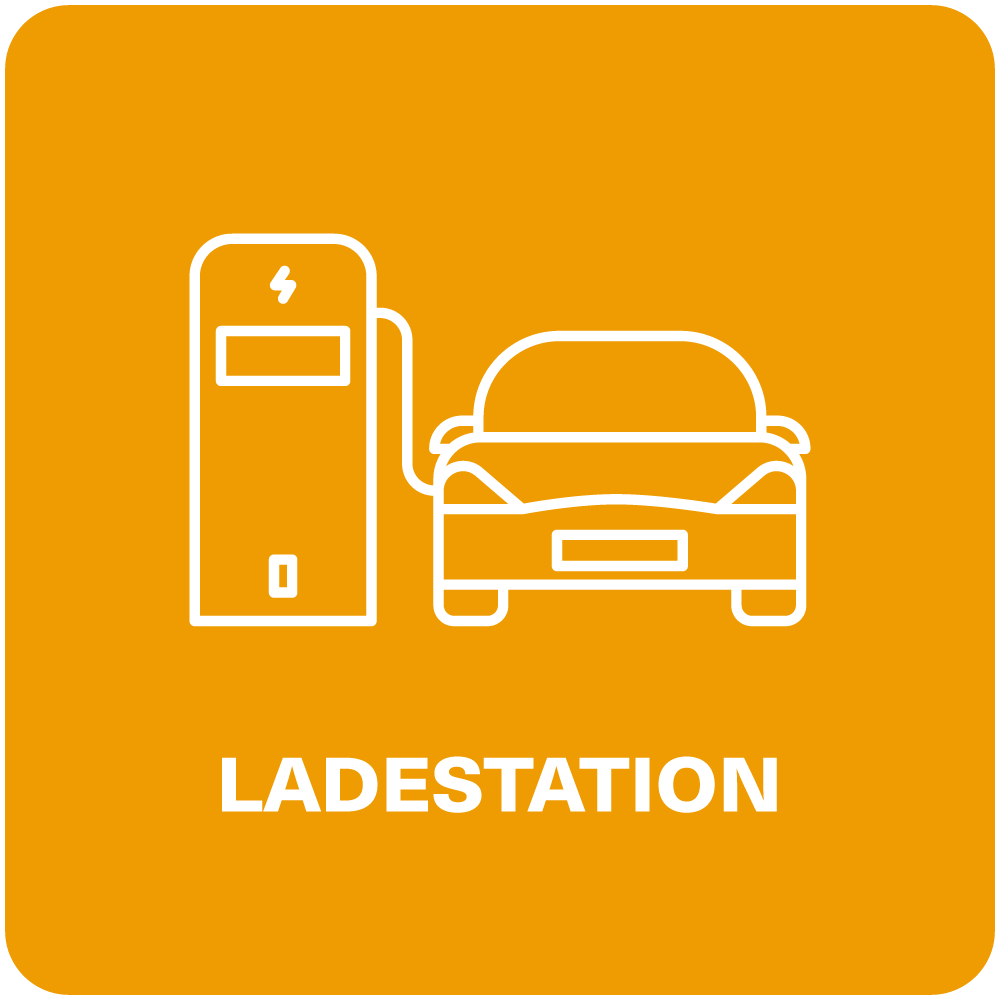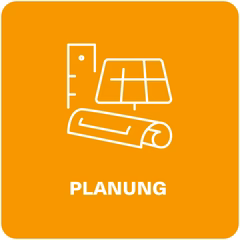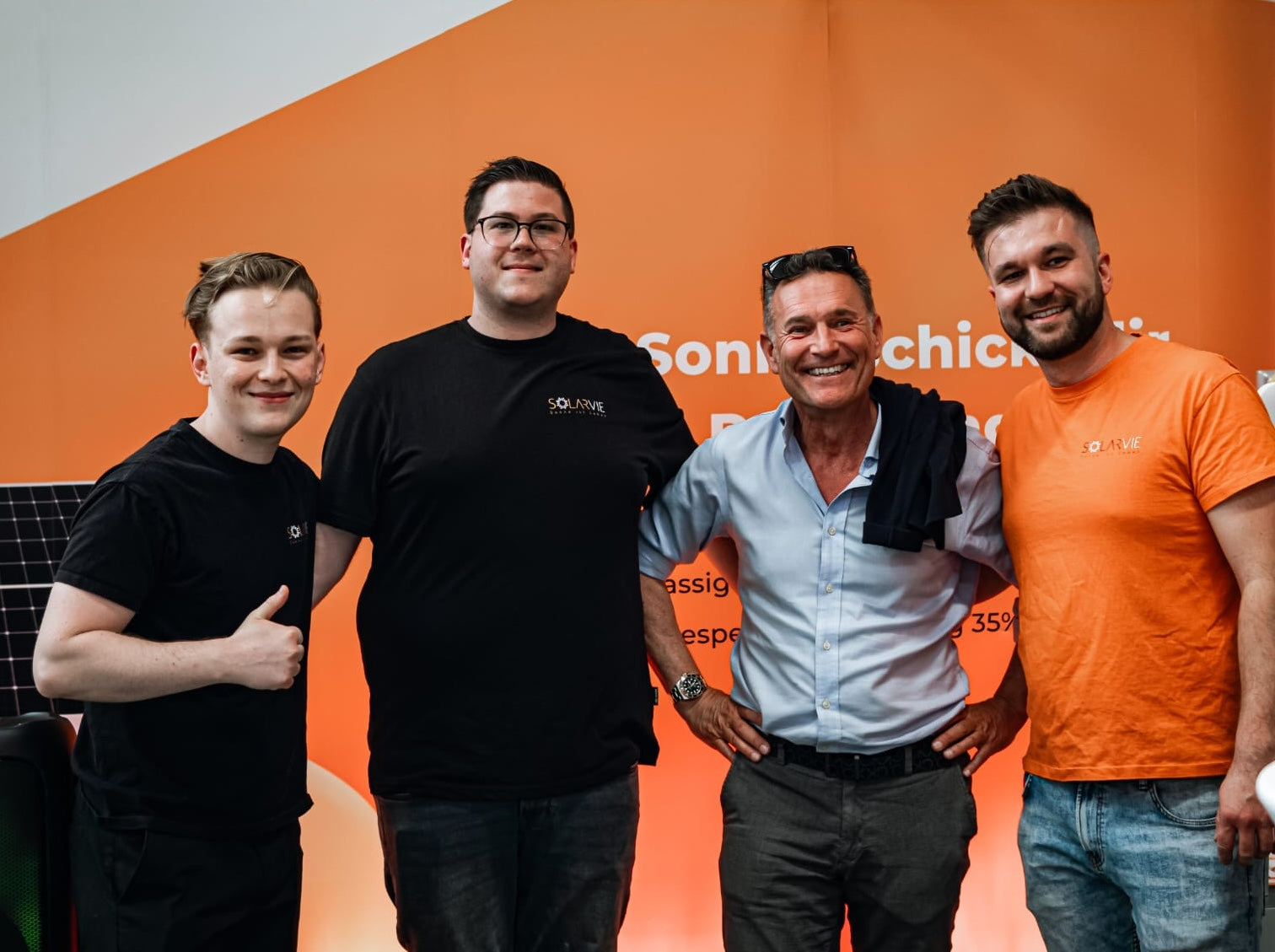More solar energy with the bifacial half-cell solar module Tangra S Pro Black 420W N-Type
Whether you are an environmentally conscious homeowner looking for sustainable solutions or an efficiency-oriented business owner looking to reduce the high energy bills of your company building, the Tangra S 420W bifacial solar module with N-type cells based on TOPCon (Tunnel Oxide Passivated Contact) technology is the ideal choice to maximize your own energy production and minimize your carbon footprint.
A maximum rated power of 420 W and a positive power tolerance of 0 to +5 W ensure reliable energy production. Combined with a maximum efficiency of 21.8%, these features ensure exceptional performance when harnessing sunlight.
Generate clean energy for homes and commercial buildings with efficient Sunova solar modules - perfect for roof or ground mounting as well as for use in a balcony power plant. Reduce costs and CO2 emissions and benefit from sustainable living and working. Even in sunny areas, Sunova PV modules are ideal for solar power plants that feed large amounts of renewable energy into the public grid.
Excellent current efficiency and light utilization for improved power output
The bifacial solar technology has been carefully engineered to redefine solar power generation and set new standards for efficiency, durability and innovation. It allows solar panels to harness the power of the sun from both sides, making them incredibly efficient in various installation configurations. These photovoltaic panels achieve higher energy yields primarily due to:
-
Increased efficiency. Since bifacial solar modules generate power from both sides of the module, they can up to 30% more power produce than previous monofacial solar modules.
-
Durability through glass/glass coating. Covered with tempered glass on both sides and fitted with a 30mm aluminium frame, the panels can withstand harsh weather conditions, high temperatures and strong winds.
-
Low PID. Because N-type cells do not naturally exhibit light-induced degradation (LID), the potential-induced degradation (PID) in bifacial solar modules is very low.
Half-cell solar technology - designed for peak performance
A half-cell solar panel is a type of photovoltaic panel in which the solar cells are divided into smaller groups, colloquially called "half-cells." Each of these half-cells is then electrically connected to each other, forming a half-cell grid within the panel. The overall efficiency of these solar panels is achieved by reducing the internal resistance of the solar panel and reducing the power losses caused by temperature variations, shading, and drag.
Lower resistive losses, lower operating temperatures, shade tolerance, higher voltages and improved diffused light performance lead to higher performance and efficiency of half-cell photovoltaic modules and their popularity.



























